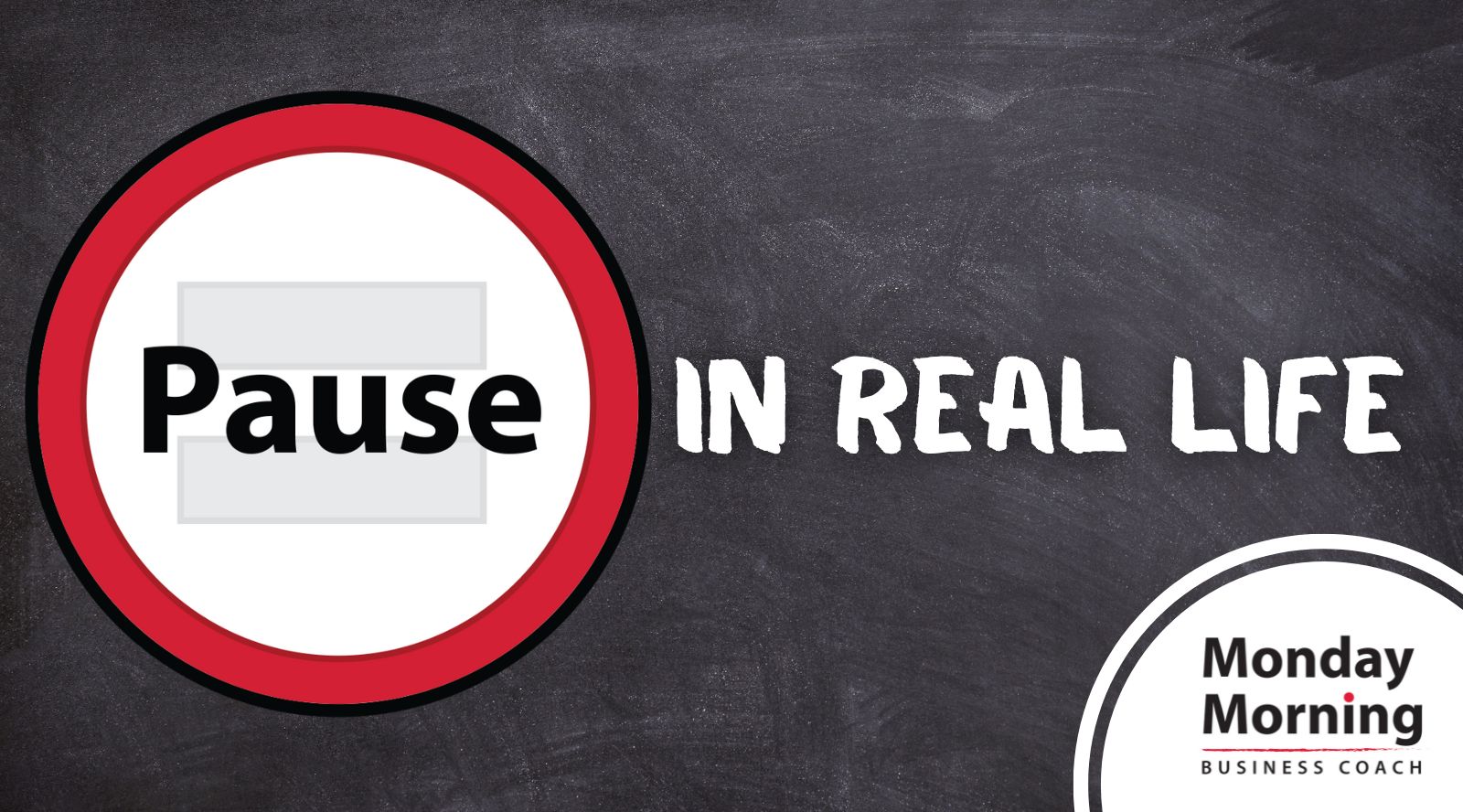We’ve recently been talking about the importance of Pausing as a way to decrease your stress and reactivity, grow your emotional agility, and increase your ability to create psychological safety.
Some of you wrote to us with examples of what the pause has looked like in your life recently, and we thought we’d share so that you can get an idea of what it looks like for others.
PAUSE in Real Life
MARK
Mark was frustrated in a recent executive meeting and feeling like no one was listening to him. He blew up at the team and then mentally checked out for the rest of the meeting.
After the meeting, once he had cooled down, he paused and thought about his goal to show up as a thoughtful and measured leader that creates a safe space for collaboration. He quickly realized that his actions had not been in alignment with his goal.
He decided to go back to the team, apologize for his reactivity, explain how he had hoped to show up, and then made sure that they were all on the same page with what the next steps were.
Nice job, Mark! While it’s less messy to pause in the moment (less cleanup to do!), it’s never too late. We appreciate that you paused, understood where/how you went off track, and then followed up with people to clear the air.
NELLY
Nelly knew that she was heading into a potentially contentious meeting with her boss about budget cuts.
Before the meeting, she reminded herself that her goal was to be respectful and brave when discussing this topic with her boss. If her boss questioned or blamed her, instead of being defensive, Nelly planned to say something like, “I appreciate your feedback and would like to give you some additional details about how I came to this conclusion.”
While it didn’t go exactly as Nelly had planned, she still felt that the conversation went better than it had typically gone in the past.
Way to go, Nelly! Envisioning how you might use the PAUSE before you get into a sticky situation is a great way to increase the likelihood that you’ll do it. It takes practice and fine-tuning to find the language that you’ll actually use in the heat of the moment.
TARA
Tara decided to make pausing a team skill. So, created a weekly 15-minute PAUSE huddle with her team where they each highlight a Pause win, a Pause challenge, and an intention to use the Pause in the upcoming week.
They are just in week one so far, so there have been more challenges than wins but they’re one step ahead of where they were before they started!
We appreciate that you’re up-leveling the whole team, Tara! When a group or team can have a shared language and accountability check-ins to make sure they’re staying on track, everyone wins. We love this!
As you can see, it’s always a great time to PAUSE!
Below are links to our recent posts talking about the importance of using the pause in-the-moment, other ways you can use it, and suggestions on setting yourself up for success.
- PAUSE: Master Your Meetings
- PAUSE…Now What?
- PAUSE Anytime
- PAUSE for Important Conversations
- PAUSE: Set Yourself up for Success!
What has the PAUSE looked like for you over the past few weeks? We’d love to hear from you!
If you’d like support
incorporating the PAUSE into your day,
contact us today.

